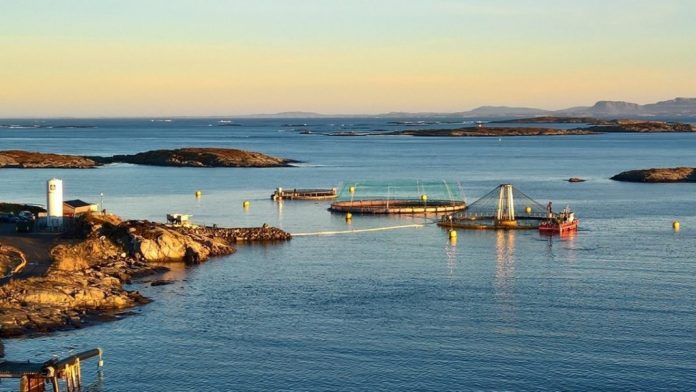Now one can finally make money from fish in cages that are physically separated from the sea and wild fish.
The reporting season is in full swing. Daily articles covering the annual results, and the trade press does its best to keep the readers up to date.
That 2018 was a new prosperous year was hardly a secret. With an average salmon price of EUR 6.1/kilogram last year, most salmon farmers have presented operating margins between 30 and 50 per cent.
Competetive
But this week, two particularly interesting results presented themselves.
Akvafuture and Nekton Aquaculture – who both farm salmon in closed containment sites in the sea – both were in the black for the first time last year – after many years of red numbers. And both achieved decent operating margins of 15 per cent.

Of course, it is not comparable and competitive with open net cages, but it is considerably better than what one has seen from land-based fish farms. The latter all struggle to make money – even in today’s volatile salmon market.
Dry ground
Though “one swallow does not a summer make,” said Aristotle.
Akvafuture and Nekton Havbruk have been running for several years, and have finally made their way on closed containment. It can be a one-off event or it can be a permanent state. Both, as other players with closed facilities in the sea, deserve the peace of mind and opportunity to repeat the success. Only then will we know if this is a viable route and a competitive alternative to traditional sea-based salmon farming.
Although many impatient salmon critics have long shouted that technology is proven and commercially available and that the solution is just to put the whole aquaculture industry in closed cages, in the sea or on land, but one must remember this is still in the R&D category. It has been challenging to get to this point and has required both time, patience, expertise and money.
Separated from the sea
The idea of zero lice and no escaped fish is fine, but the real clincher has been how to make money from it.
For now, this is a fair-weather business. A 15 per cent operating margin means that profits are gone when there is 15 per cent fall in prices. At a salmon price of EUR 5.1 the business goes with losses. If one is to get a decent return on invested capital, the salmon price can’t move much down from the current level.
So it will be up to investors, analysts and banks to assess whether the current price level is a long-term sustainable and probable level or whether it is the result of a temporary break in global supply growth. Or, they can wait to see if salmon farmers with closed cages can manage to trim down on production costs and further strengthen the basis for operation.


